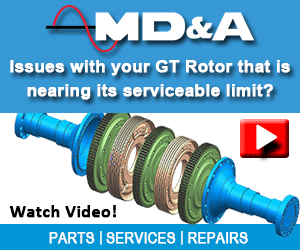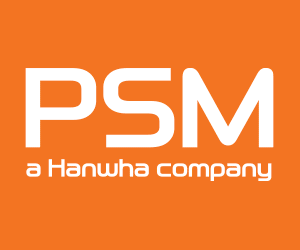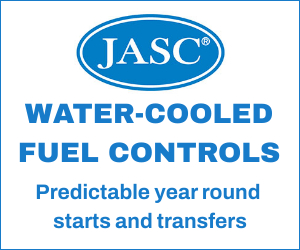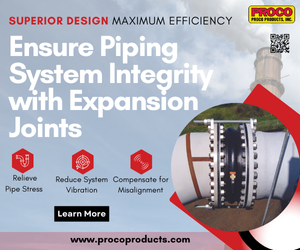As usual, a tremendous amount of technical content was offered in two presentations during the HRSG Forum, Jan 28, 2022—No. 7 in a series organized by Chairman Bob Anderson. But the underlying message was more about the state of our industry.
A few participants, discussing aging of high-energy piping (HEP), said they were “astonished at the lack of knowledge in major NDE [non-destructive examination] firms” and that boiler OEMs “are different” these days and there are new people in the industry. You can interpret “new” as suppliers who are inexperienced, or low-balling bidders, or doing shoddy work, but also buyers who accept low bids or don’t establish the proper design specs or QA processes and protocols.
Later in the Q&A, one Forum organizer, discussing zinc issues with boiler pressure parts, said HRSG OEMs are “not giving answers [about zinc] with high confidence levels” and that it is “buyer beware” when it comes to at least one OEM.
The first presentation, “NDE, Welding, and Metallurgy: Tools Supporting the Safe, Efficient Operation of Aging HEP,” was delivered by industry veteran Jeff Henry, now with the Combustion Engineering Solutions (CES) division of Advanced Thermal Coatings (ATC).
There are many reasons why you should care about aging HEP, but if you’ve recently upgraded your gas turbine for higher output and efficiency, you are likely going to be expending the creep life of your superheater and reheater piping faster than you might have expected. This situation makes HEP components more susceptible to catastrophic failures at the weld areas.
Creep is “time-dependent strain, or changes in dimensions of the material, that accumulates in response to stress such as load and pressure.” Over time, cavities form in the metallurgical grain structure, then begin to align into cracks which represent an “advanced stage of damage.” While creep can manifest as swelling of the pipe diameter, by far the most failures occur at welds, which are omnipresent in HEP systems.
Onset of creep damage of course depends on the type of material and alloy. For Grade 22 material, the values for elevated temperature, according to Section 2, Part D of the ASME Boiler & Pressure Vessel Code, start at 952F. Code fabricated materials should last 250,000 operating hours, Henry said, as long as piping supports are properly maintained, the components are operated within design limits, and the original fabrication was conducted to within specifications. For an aging facility, that’s a lot of caveats.
Inspection is critical to identify piping condition, but indications have to be properly characterized and the root cause understood before an effective repair is executed. In response to an audience question, Henry stated that 50,000 ops hours is a reasonable inspection interval if there are no operating or structural issues. When asked if there are protocols or industry standards, he recommended EPRI’s qualification and certification program for NDE detection in high-energy piping.
Many of Henry’s slides depict damage in six defined areas of HEP welds and are not to be missed if you are responsible for an aging HRSG. Get the details by watching the recorded presentation.
The second presentation, “Casting the Die: Implications of Zinc for Pressure Part Integrity,” was given by Paul James, Uniper Technologies Ltd. Main takeaway: Presence of elemental zinc (not zinc oxides) in paint used to protect weld prep areas before fabrication makes pressure parts more susceptible to creep damage, especially in the weld heat-affected zone (HAZ). Fortunately, according to James, elemental zinc bands, beige-yellow which darkens with exposure to high temperatures, can be readily distinguished from the red lead oxide coating/primer traditionally used.
During the Q&A, an informal poll of HRSG OEM representatives was cited, with several saying they’d never heard of the issue. James’ presentation also is available for viewing at 2022 Recordings (hrsgforum.com).










